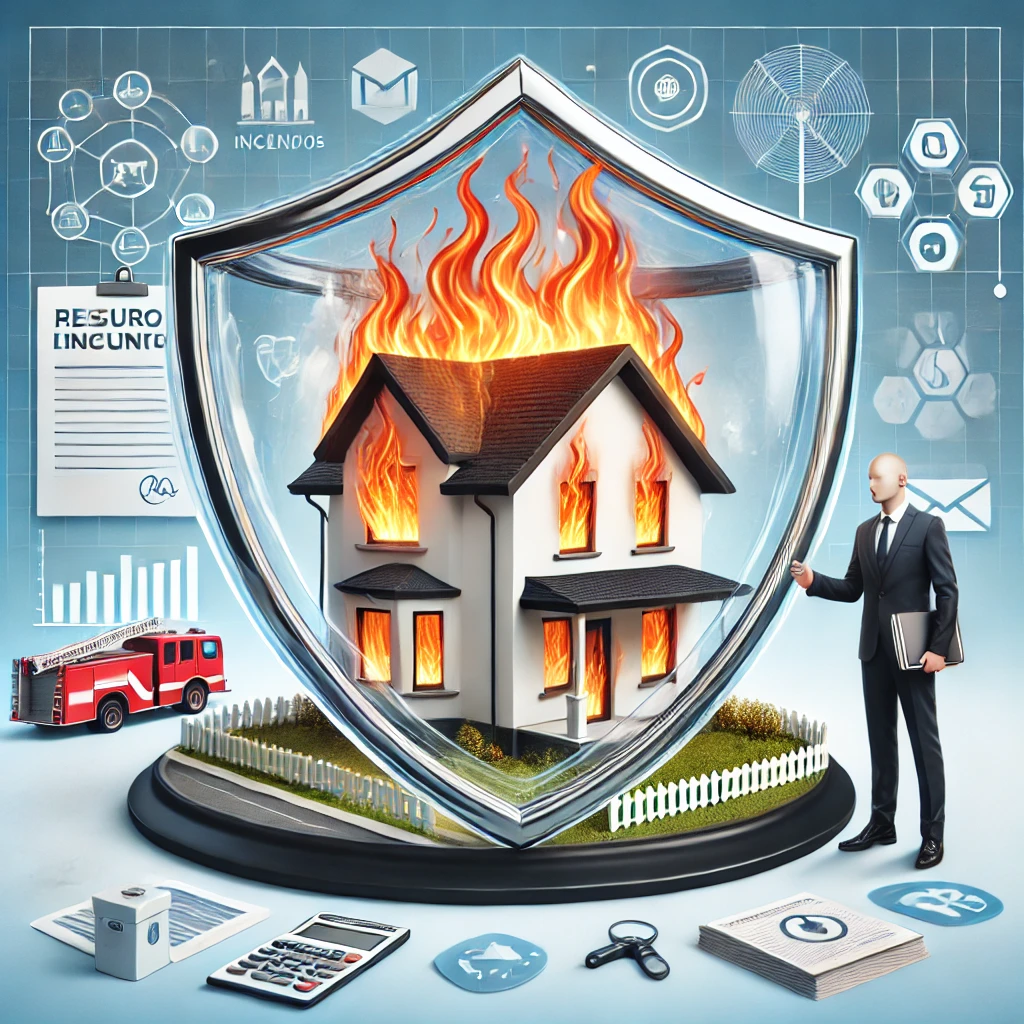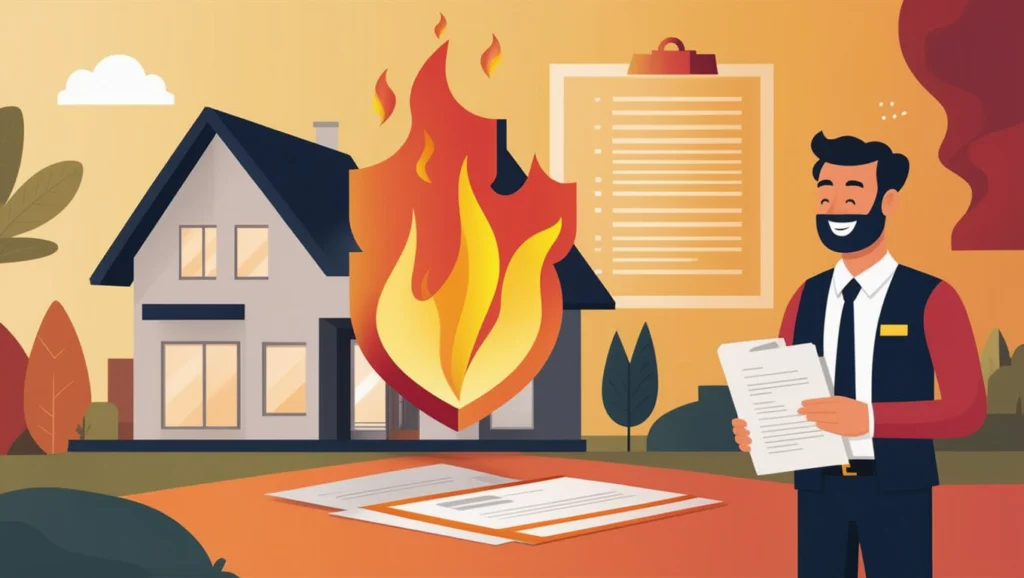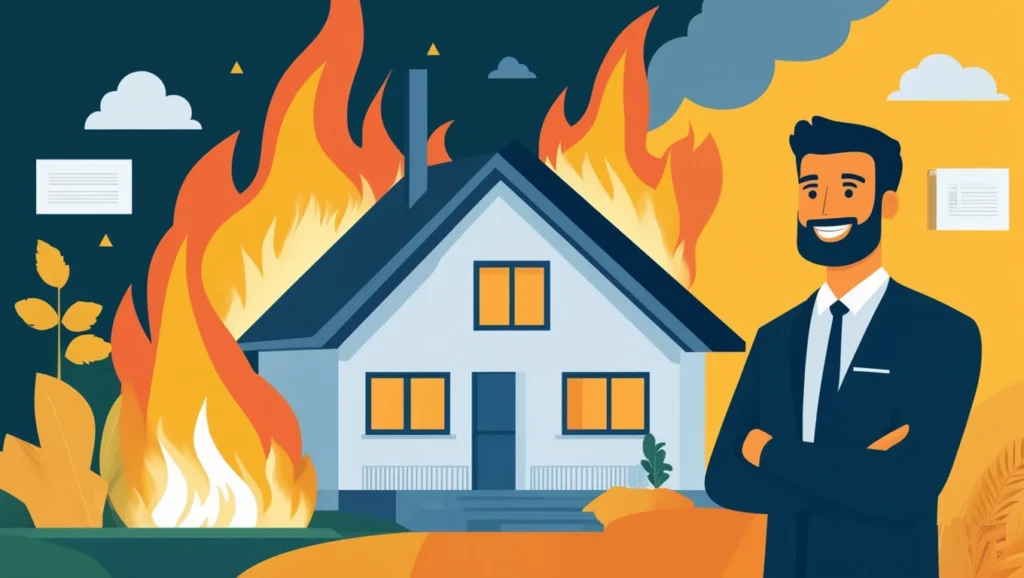
How does the fire insurance?
On several occasions, we have mentioned that the home insurance provides coverage for the damages and losses caused by a fire, but do you know its working?
The home insurance policy is composed of several coverages designed to protect both the structure of the house and belongings before contingencies of various severities.
Between these covers, you will find the fire-safe, built-in commonly in the basic policy, either for homeowners (homeowners) or tenant (renters). This coverage can finance the repair or reconstruction of the house and the replacement of personal property affected, such as clothing, furniture and household appliances.
Additionally, the home insurance deals with other situations that might give rise to a fire, such as additional costs if the home is uninhabitable, covering accommodation and meals in restaurants. In addition, you can include the liability in case of injury to third parties outside of the property, or damage to property as a result of a fire which started in the house.

Operation of the fire insurance:
Dwelling coverage:
Defined as Dwelling Coverage or Coverage of Housing, this is responsible for financing the reconstruction or repair of the structure of the house and other neighbouring structures, such as garages or porches. The insurance company will cover the damage within the limit set by the dwelling coverage. You can opt for additional coverages, such as replacement cost, extended or guaranteed, to situations of inflation or disasters that increase the demand for construction.
Coverage for other structures:
Covers damage to structures not connected to the housing, such as sheds, fences, decks, pergolas, garages, independent, among others.
Coverage of real or personal property:
Protect assets such as furniture, appliances and clothing. Can offer two categories of damages: actual cash value (considering depreciation) or the total cost of replacement (repaying the amount needed to buy back the lost objects).
Loss of use (Loss of use):
This coverage helps to maintain the standard of living after the disqualification of the housing, covering expenses such as additional hotel accommodation and meals.
Liability coverage:
Also known as Personal Liability, protects against legal challenges, covering expenses related to judgments, settlements and defense, in the event that the insured is held liable for damages to third parties caused by the fire.
Types of fires covered and not covered by the insurance:
Covered:
- Forest fires.
- Electrical problems.
- Lightning.
- Brews and fats.
- Gas leaks.
- Heating problems.
- Voltage surges.
Not covered:
- Fires started deliberately.
- Neglect, including lack of maintenance.
- Fires are preventable.
Claim procedure in the event of a fire:
Limits additional damage: Minimizes the damage as soon as it is safe to enter the property, blocking windows and doors broken to prevent additional risk.
Evaluates and documents the losses: Recorded and documented all of the damage, with evidence and photos to support the claims. Save a copy in a safe place.
Contact your insurer: Starts the process of a claim as soon as possible to speed up the compensation.
Meet with an expert in claims: A company adjuster will assess the damage, although you can also hire a public adjuster independent to ensure a process that is fair and efficient.

Receive your compensation: After the investigation, the insurer will determine the approval and amount of the claim, disregarding the franchise of the policy.
Be proactive after a fire and monitor the claim process can reduce the processing time and ease the difficult process of recovery after a tragedy at home.







